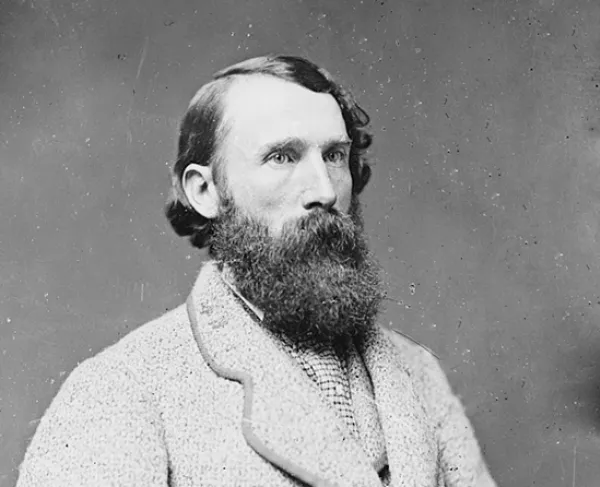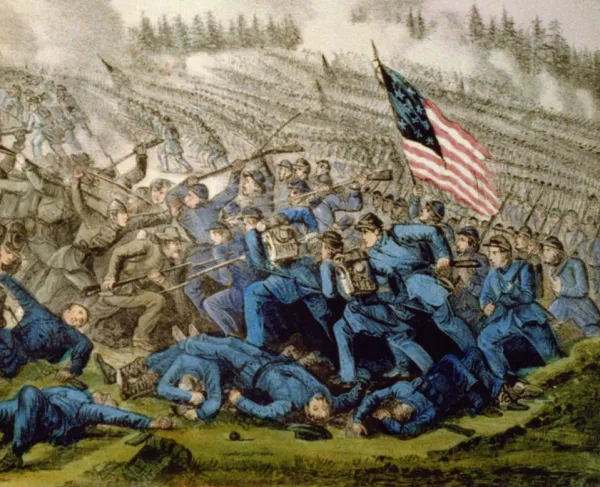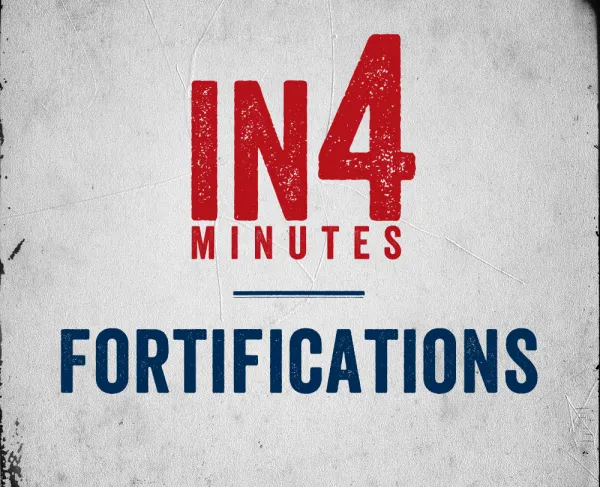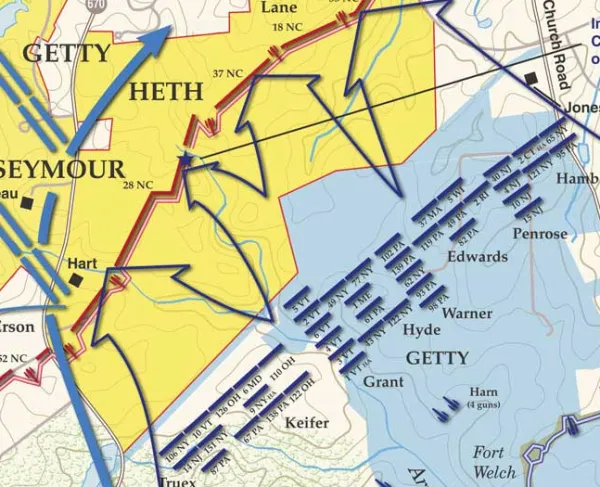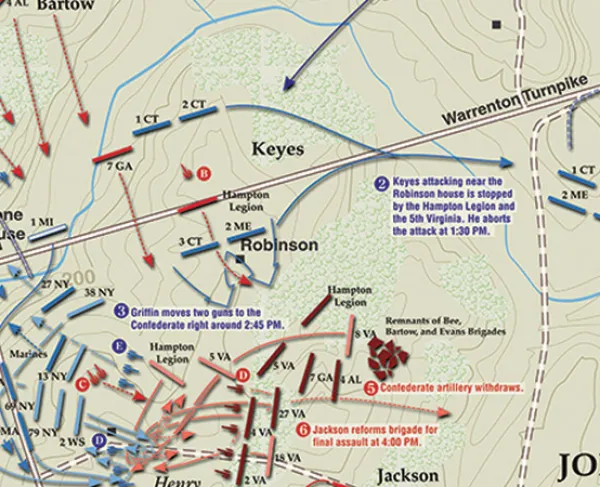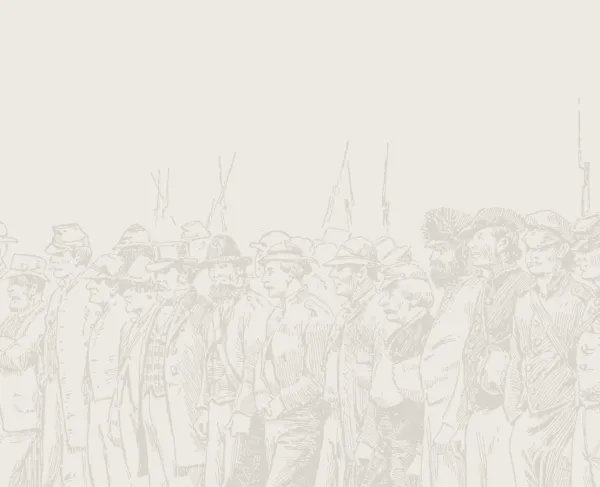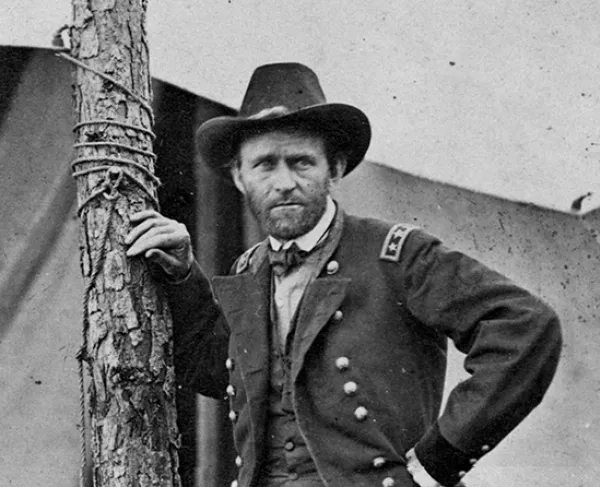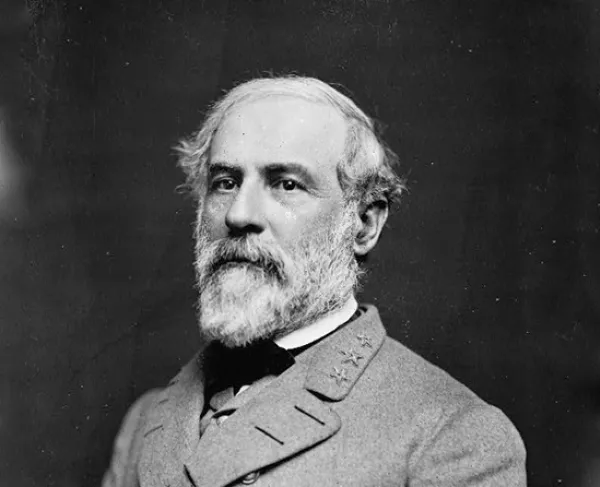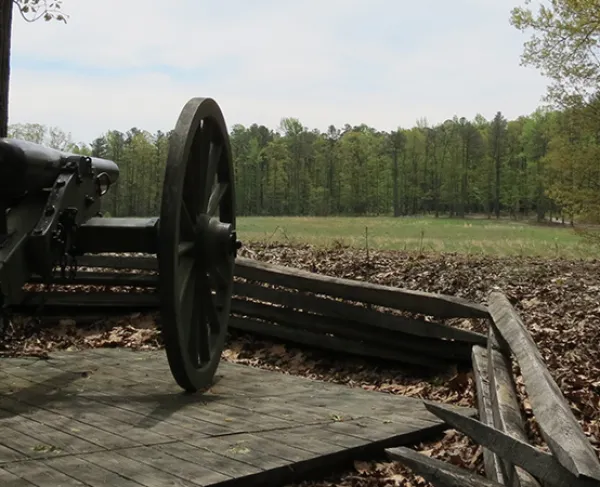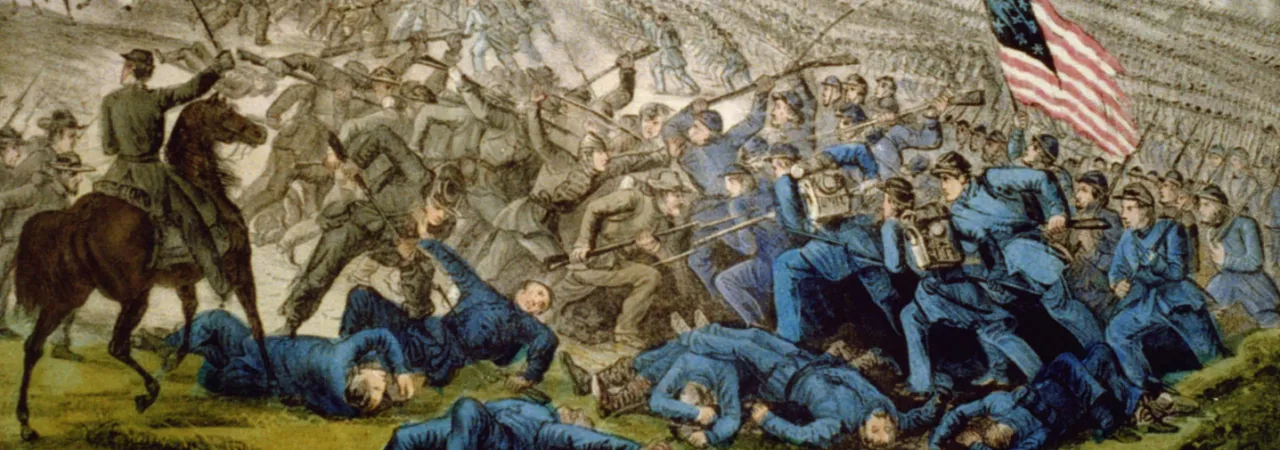
Petersburg Breakthrough
The Fall of Petersburg
Petersburg, VA | Apr 2, 1865
With the Confederate defeat at Five Forks on April 1st, Lieut. Gen. Ulysses S. Grant and Maj. Gen. George Meade ordered a general assault against the Petersburg lines by the Second, Ninth, Sixth, and Twenty-Fourth Corps on April 2.
In the pre-dawn darkness, the Union infantry achieved a breakthrough when Maj. Gen. Horatio G. Wright's advancing Sixth Corps breached Confederate lines held by Lt. Gen. A. P. Hill. Attempting to reach his men, Hill was killed in the ensuing chaos by Union soldiers from the Sixth Corps, marking a significant loss for the Confederate command during the collapse of Petersburg’s defenses.
Confederate infantry pulled back to Forts Gregg and Whitworth as Maj. Gen. John Gibbon's Twenty Fourth Corps entered the fight, with Brig. Gen. William Birney's United States Colored Troops (USCT) division in reserve. The Confederates managed to delay Gibbon's advance at Fort Gregg and prevent the Federals from entering Petersburg that evening. Wright's breakthrough and the subsequent follow-up troops surged north and severed the South Side Railroad near Petersburg. The Union Army now had access to the Appomattox River and were free to cross the next day to threaten Lee’s communications on the north side of the river.
After dark, Lee informed President Jefferson Davis that he could "hold his position no longer" and that Petersburg and Richmond must be evacuated. Grant had finally achieved one of the major military objectives of the war: the capture of Petersburg, which led directly to the loss of the Confederate capital at Richmond, which finally fell on April 3.
Petersburg Breakthrough: Featured Resources
All battles of the Appomattox Campaign
Related Battles
63,000
20,000
3,500
4,250


